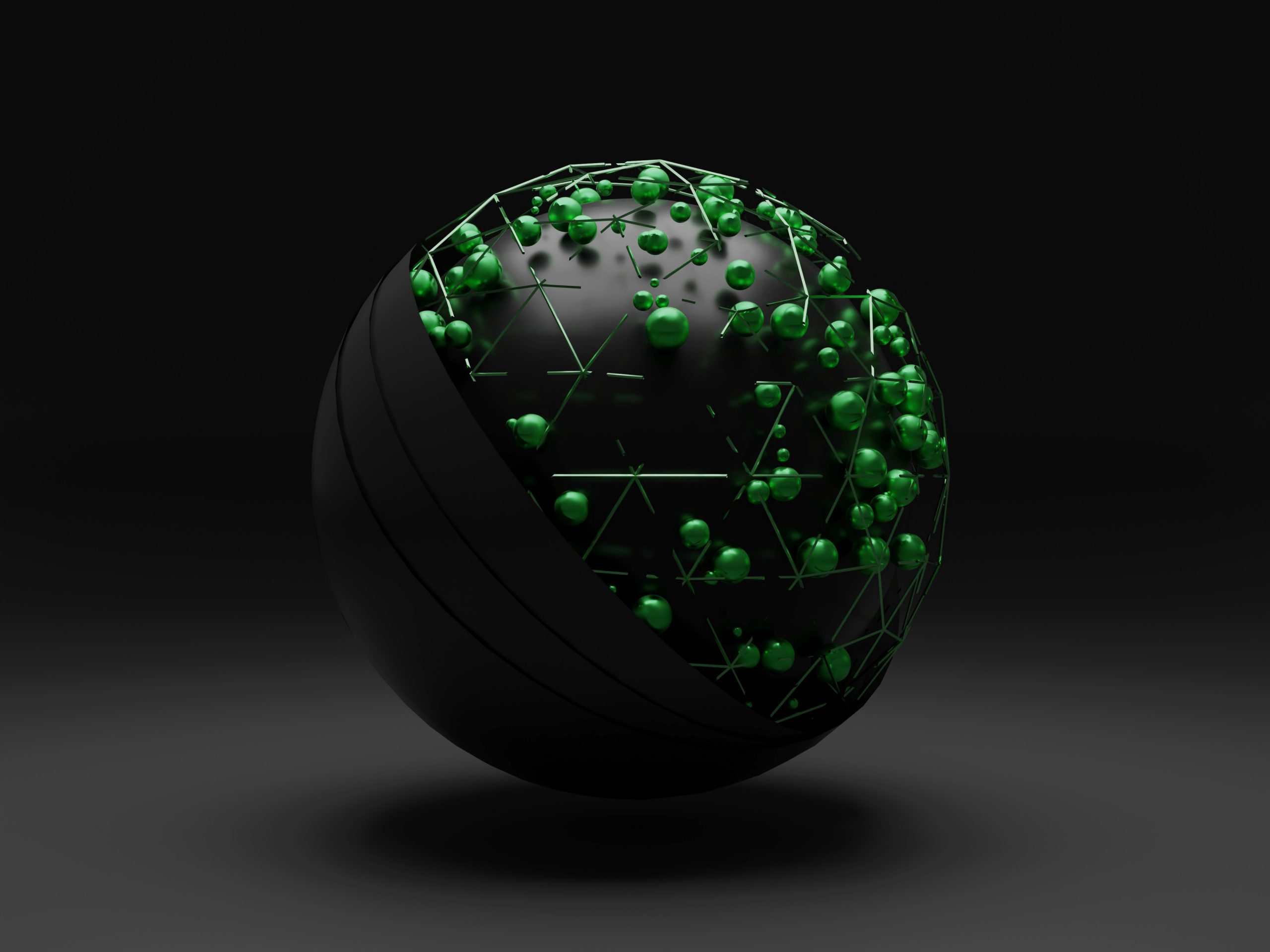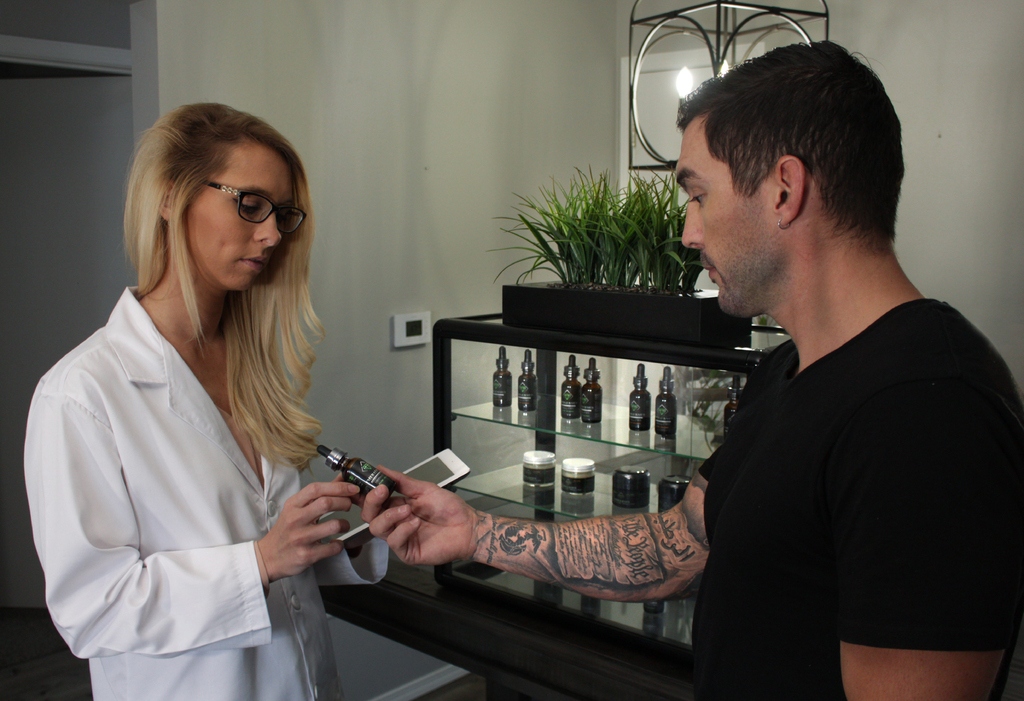There are hundreds of cannabinoids found in the cannabis plant, most unidentified and in such small amounts that can be difficult to pinpoint. However, there are some established cannabinoids that provide amazing amounts of evidence to suggest that they possess the ability to heal.
There are two main receptors found in the endocannabinoid system, cb1-r, and cb2-r; both receive cannabinoids. Cb1-r receives THC-related cannabinoids, those that create the psychoactive effects, and cb2-r receives CBD cannabinoids, those that calm the nervous system and have anti-psychotic effects.
Here are five important cannabinoids:
THC–Tetrahydrocannabinol
According to the National Institute on Drug Abuse (NIDA), THC receptors are found in the parts of the brain that are responsible for thinking, memory, pleasure, perception, concentration, and coordination.
It may produce euphoric feelings. Though THC has been caught under a stigma because of its potential to get one “high.” It is the beneficial component that helps with a variety of problems. Such as HIV/AIDS, fibromyalgia, Tourette’s syndrome, MS, sleep apnea, and even cancer. THC may also help patients dealing with chemo, as it is very harsh on the body. This is one ingredient that helps stimulate the appetite of cancer patients.
The amount of THC in each strain or plant varies and it may be bred to contain different ratios.
CBD–Cannabidiol
CBD is another major element, that makes up about 40% of the chemical compounds in the cannabis plant. It has triggered significant healing in diseases such as arthritis, epilepsy, nerve pain, diabetes, multiple sclerosis, inflammatory diseases, anxiety, and more. The receptors are found all over the body in the endocannabinoid system.
When more CBD is present, the psychoactive effects of THC may lessen. For this reason, this may be a desirable element when choosing strains for patients who do not desire any psychoactive effects.
CBG–Cannabigerol
CBG is a building block for CBD and THC, it is more prevalent in hemp, but strains may be bred to contain this for medicinal purposes. They anti-tumor and antibacterial properties, it also helps reduce anxiety and treat glaucoma and irritable bowel disease. CBG makes up less than 1% of most strains, but research on mice suggests that this element blocks the growth of cancer cells. Its also non-psychoactive.
CBC–Cannabichromene
Not as well known, but very important; CBC regenerates growth in cells, brain, and bone, relieves pain, and slows tumor growth. It has anti-inflammatory, anti-bacterial, anti-fungal, and anti-depressant effects. It has been found to create apoptosis in cancer cells, which is a death response. This cannabinoid is not received by the cb1 or cb2 receptors, but it does activate them in passing which allows the other cannabinoids to be received.
CBN
Derived from the breakdown of THC, CBN cannabinoids create a relaxed, sedative feeling. When the bud becomes stale, more of these are created. It may not sound appealing, but it may be useful in burn treatment. Because it has been found to have a hypothermic effect, lowering the body temperature. CBN also has anti-convulsion and anti-inflammatory properties. It reduces pain, stimulates appetite, and may help with psoriasis.
Ultimately these components work better together as they have a synergistic relationship. This is called the “entourage effect” where using all the parts is more beneficial than using the individual cannabinoids. Because we are able to separate them, we can learn to breed specific strains with components that may target particular ailments or diseases to greater effect.








